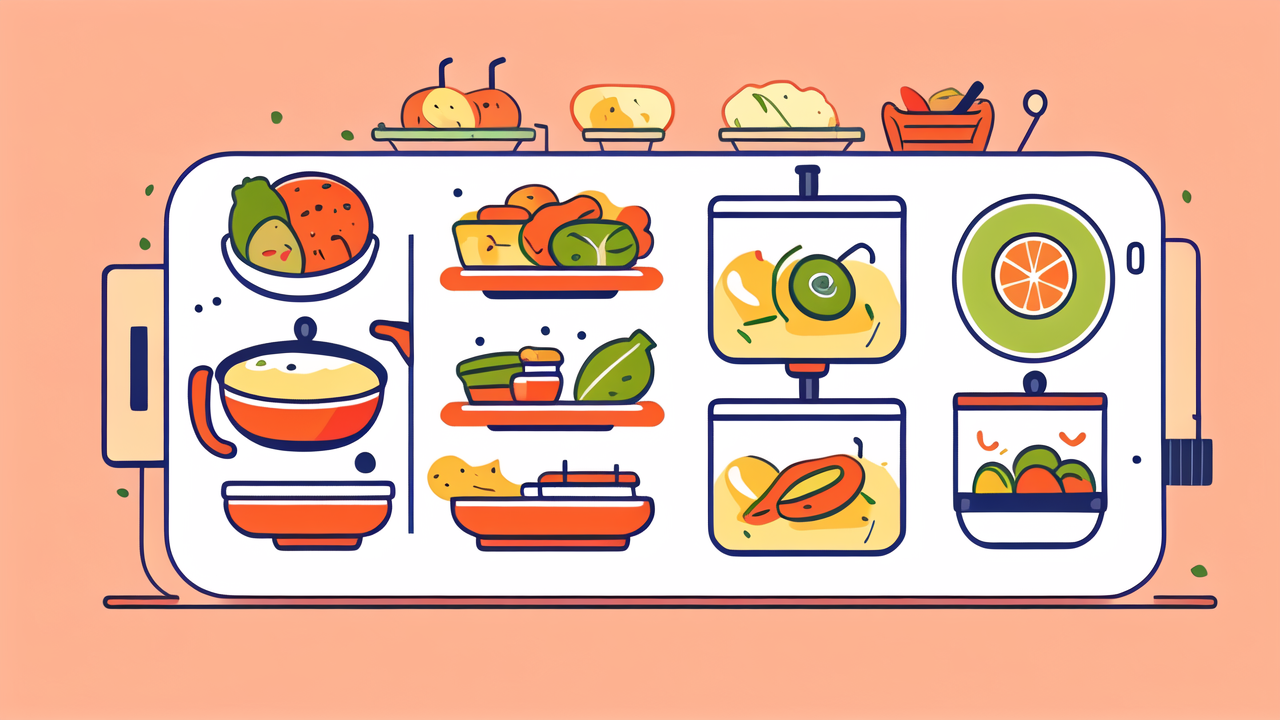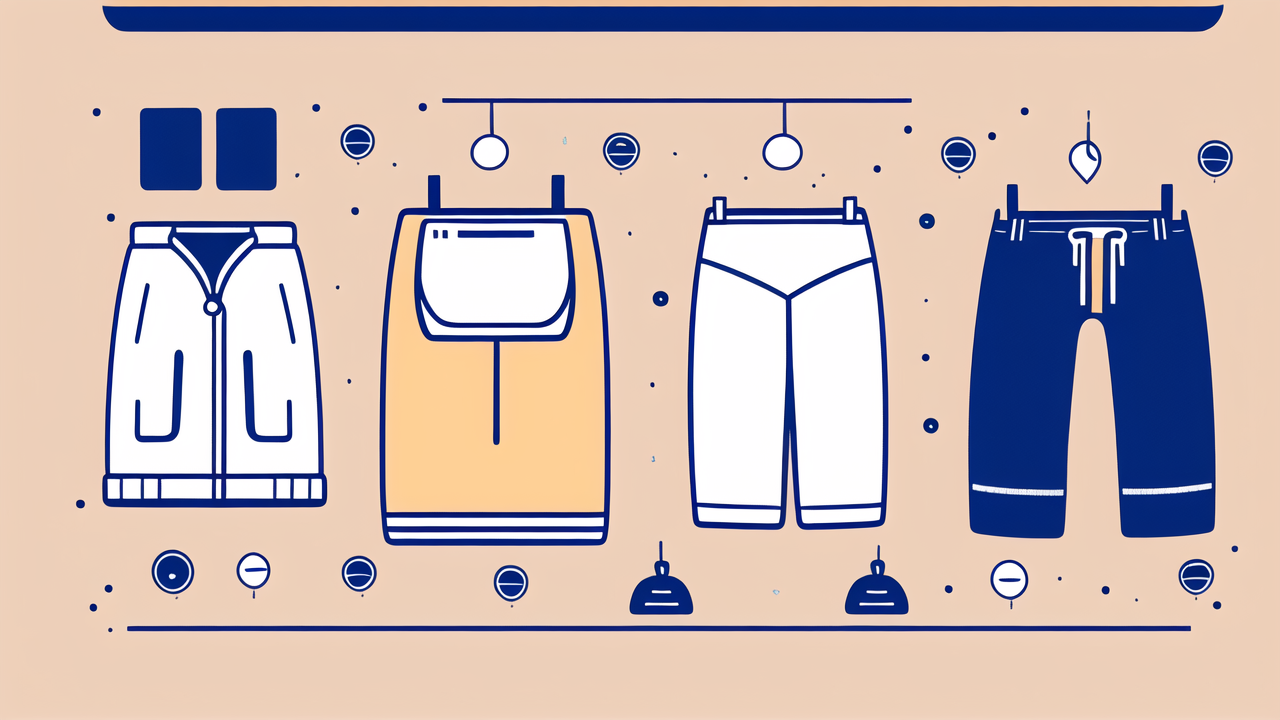
From Rice to Bottles: The Complete Guide to Warming Baby's Food and Dressing Them in Style
Understanding the Basics of Infant Nutrition and Dressing
How Much Food Your Baby Needs
Babies have small tummies but big nutritional needs. As they grow, their food intake increases. Newborns need frequent feedings, about 8-12 times a day. By 6 months, they eat 3-5 times daily. Solid foods start around 4-6 months. Watch for hunger cues like fussiness or hand-to-mouth movements. Let your baby guide you. They'll turn away when full. Don't force feed. Breast milk or formula remains the main source of nutrition in the first year. Solids are for practice and new tastes. Always consult your pediatrician for personalized advice on feeding amounts and schedules.

Nutritional Needs for Babies: The Essentials
Babies need a balance of nutrients for healthy growth. Breast milk or formula provides most nutrients in the first year. Iron is crucial for brain development. It's in fortified cereals and pureed meats. Vitamin D helps build strong bones. Babies need supplements if breastfed. Protein supports growth and is found in meats, beans, and dairy. Fats are vital for brain development. They're in breast milk, formula, and foods like avocado. Introduce a variety of fruits and veggies for vitamins and minerals. Avoid added sugars and salt. Always choose age-appropriate foods to prevent choking. Remember, each baby is unique. Talk to your doctor about specific nutritional needs.
Dressing Your Baby: Comfort Meets Style
Dressing babies is about balance. Comfort is key, but style can be fun too. Choose soft, breathable fabrics like cotton. Avoid scratchy tags or seams. Layering helps manage temperature changes. Start with a onesie, add pants or a dress, then a sweater if needed. For sleep, use fitted pajamas without strings or hoods. In cold weather, add a hat and mittens. For warm days, light, loose clothes work best. Don't overdress indoors. Babies overheat easily. Check their neck or back. If sweaty, remove a layer. For style, mix and match colors and patterns. Accessories like cute socks or headbands add flair. Remember, practicality trumps fashion. Choose clothes that make diaper changes easy.
Step-by-Step Guide to Preparing and Serving Warmed Food
Best Practices for Warming Food
Warming baby food safely is crucial. Never microwave baby food. It can create hot spots. Instead, use a bottle warmer or warm water bath. For bottles, place in warm water for a few minutes. Shake well to distribute heat. Test on your wrist. It should feel lukewarm. For solid foods, use a small saucepan on low heat. Stir often to heat evenly. You can also use a food warmer designed for babies. Always check the temperature before feeding. It should be just warm, not hot. Discard any leftover warmed food. Bacteria grow quickly in warm environments. When traveling, use insulated bags to keep food at safe temperatures. Remember, some babies prefer room temperature food. It's okay if you don't warm it.

When Is Warmed Food Necessary for Babies
Warmed food isn't always necessary for babies. Many can eat room temperature or even cool foods. However, warming can be helpful in certain situations. Newborns often prefer warm milk, close to body temperature. This mimics breast milk. For formula-fed babies, warm bottles can aid digestion. As babies start solids, warm food may be more appealing. It can enhance flavors and make textures easier to eat. In cold weather, warm food provides comfort. Some babies with reflux may do better with warm food. Always follow your baby's cues. If they resist cold food, try warming it slightly. Remember, food safety is paramount. Never serve hot food to avoid burns.
Foods That Are Best Served Warmed to Babies
Some foods are more palatable when warmed. Breast milk and formula are often served warm. Oatmeal and other cereals are comforting when warm. Pureed vegetables like carrots or sweet potatoes taste better warm. Mashed bananas can be gently warmed to enhance flavor. Pureed meats are more appetizing when warm. Soups and broths should be served warm, not hot. Warm applesauce can be a soothing treat. Yogurt is usually served cool, but some babies prefer it slightly warm. Remember, 'warm' means just above room temperature. Always stir and test warmth before serving. Some foods, like fresh fruits, are best served cool. Follow your baby's preferences. They'll let you know what they like. Always prioritize food safety over temperature preferences.
Tips and Tricks for Maintaining Your Infant's Dressing
Choosing the Right Clothing for Babies
Selecting baby clothes involves more than cute designs. Focus on comfort and practicality. Choose soft, breathable fabrics like cotton. Avoid clothes with small buttons or decorations that could come off. Look for stretchy necklines for easy dressing. Zip-up onesies are great for quick changes. Consider the season when buying. Layer in winter, choose light fabrics for summer. Buy a size up to allow for growth. Footie pajamas are perfect for sleep. For daytime, bodysuits and separates offer flexibility. Choose clothes that open at the bottom for easy diaper changes. Avoid clothes with strings or ties for safety. Machine-washable items save time. Remember, babies grow fast. Don't buy too many of one size. Quality matters more than quantity.

Seasonal Considerations in Baby Dressing
Dressing babies for different seasons requires thoughtful planning. In summer, choose light, breathable fabrics. Cotton is ideal. Use sun hats and light layers for outdoor time. Avoid overdressing indoors. For winter, layering is key. Start with a thin, long-sleeved bodysuit. Add pants and a sweater. Use a warm coat, hat, and mittens for outdoors. In spring and fall, be prepared for changing temperatures. Keep a light jacket handy. Dress babies in one more layer than you're wearing. For rainy days, waterproof outer layers help. In all seasons, check your baby's temperature regularly. Feel their neck or back. If it's sweaty, remove a layer. Remember, car seats need thin layers for safety straps to work properly.
How to Clean and Maintain Your Baby's Attire
Proper care keeps baby clothes clean and lasting longer. Always read care labels first. Most baby clothes can be machine washed. Use a gentle, baby-safe detergent. Wash new clothes before first use to remove chemicals. Separate colors to prevent bleeding. For tough stains, pre-treat before washing. Soak in cold water for protein-based stains like formula or spit-up. Use hot water for greasy stains. Dry on low heat or air dry to prevent shrinkage. Iron only if necessary, on low heat. Store clothes in a cool, dry place. Use drawer dividers to organize sizes. Donate or store outgrown clothes properly. For special items, consider hand washing. Always clean bibs and burp cloths after each use. Regular maintenance keeps clothes fresh and ready for your growing baby.
